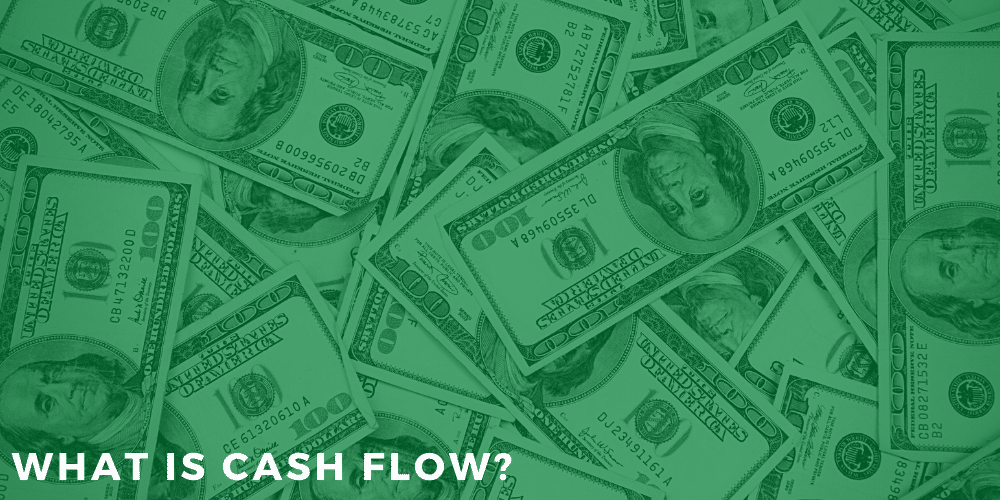Cash flow measures the net amount of cash and cash equivalents moving into or out of a business at any given time. Understanding your business’s cash flow situation is important to budgeting and making sound financial decisions.
Cash flow is reported on the cash flow statement. This statement provides a snapshot of your cash flow during a specific period of time.
What does cash flow explain?
Cash flow analysis will identify where the inflows of money are generated (operations, investments or financing), show the liquidity of your business, show any changes in the business’s assets, liabilities or equity, and allow you to predict future cash flows.
How do you calculate cash flow?
Net cash flow is calculated by subtracting the total cash outflows from the total cash inflows (operations, investing and financing).
What are the types of cash flows?
There are 3 types of cash flow – operating cash flow, cash flows from investing and cash flows from financing.
- Operating cash flow is the cash inflow and outflow related to the production and sale of goods or services from ordinary business operations.
- Cash flows from investing include money spent to purchase investments (stocks and bonds) and incoming cash generated by interest and dividends paid on those investments.
- Cash flows from financing include the incoming cash generated from financing and the costs of raising capital – shares, bonds, loans.
Is cash flow the same as profit?
Although profit and cash flow are both key elements that help to determine the overall financial health of a business, they are not the same…
While cash flow measures the cash flowing in and out of the business, profit is the revenue that remains after the business expenses are paid.
How can I improve cash flow?
Even profitable companies can sometimes have trouble paying their obligations if their financial activities aren’t running efficiently. If you find that you’re running into issues paying your bills on time consistently, you may want to consider improving your cash flow by implementing one or more of the following…
- Lease larger ticket items rather than buy. While leasing supplies, equipment and real estate can be (and usually is) more expensive in the long run, leasing allows you to pay in smaller increments which helps your cash flow.
- Offer your customers discounts to pay their invoices early.
- Send your invoices out immediately. The longer you wait to send the invoice, the longer it will take to receive the payment.
- Pay your bills electronically. If you do, you can wait to pay the bill until the morning it’s due. In some instances, you can use a credit card to pay the bill (and maybe even get cash back depending on the type of card).
- Use high-interest savings accounts to provide liquidity while growing your money.
A healthy cash flow is critical to the long-term success of your business and is the result of running your operations efficiently.
Have questions? Contact us today.


Recent Comments